Discover effective natural remedies to combat common issues plaguing hydrangea plants. From flower dropping to rust, yellow leaves to petal blight, our comprehensive guide offers solutions for every problem. Eco-friendly methods combat aphid infestations, spider mite damage, and scale insects. Proven remedies address nutrient deficiencies, sunscald, and frost damage. Boost your hydrangeas’ health and vitality with 100% natural solutions, ensuring lush foliage and vibrant blooms.
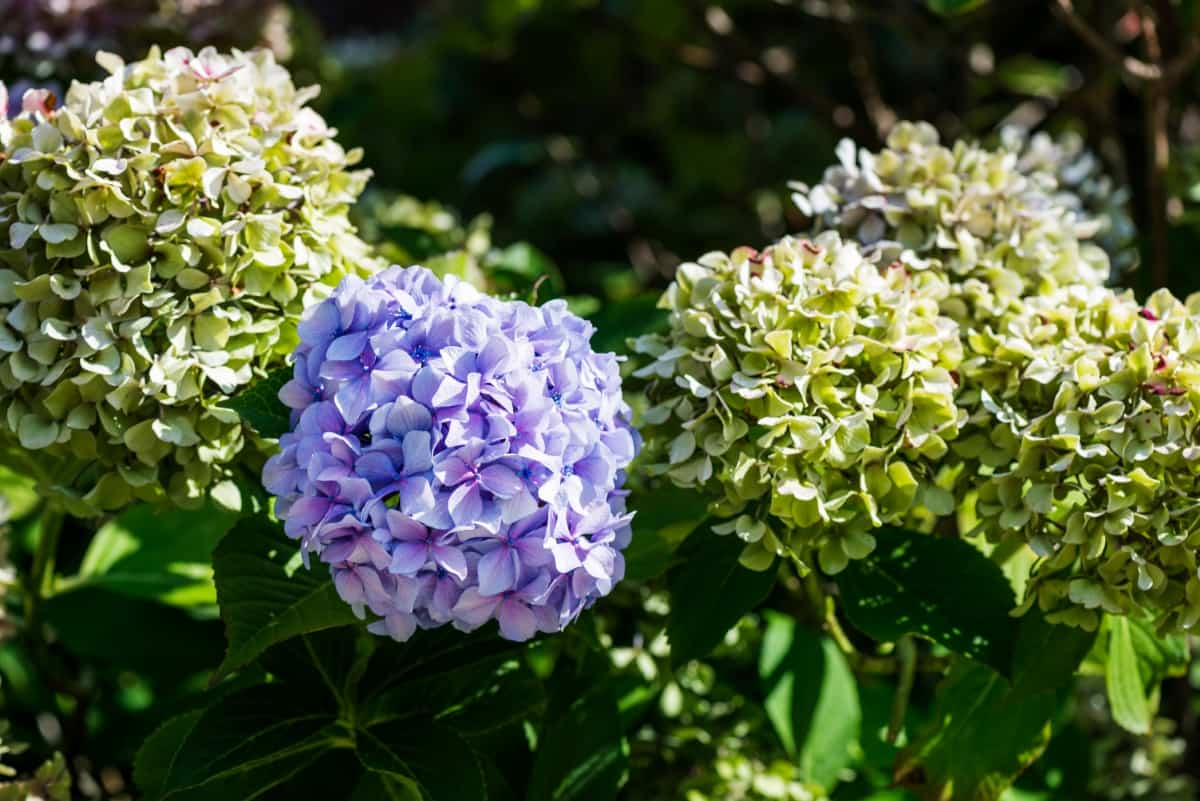
Beauty of Hydrangeas
Hydrangeas, beloved for their stunning, voluminous flower heads available in a plethora of colors, stand as one of the most cherished ornamental garden plants. These versatile shrubs thrive in a diverse range of environments, from sandy coastal soils to shaded woodland areas. To ensure their flourishing, hydrangeas require specific care, including ample sunlight, humus-rich soil, and consistent moisture without risking waterlogging. With an impressive growth rate of 2 feet or more annually, these plants captivate gardeners worldwide. However, it’s crucial to note their toxicity to animals.
Understanding Hydrangeas: The Basics
| Common Names | Hydrangea, Hortensia |
| Botanical Name | Hydrangea spp. |
| Family | Hydrangeaceae |
| Plant Type | Shrub |
| Mature Size | 2-20 ft. tall, 2-6 ft. wide |
| Sun Exposure | Full, partial |
| Soil Type | Moist, well-drained |
| Soil pH | Acidic, neutral, alkaline |
| Bloom Time | Summer, fall |
| Flower Color | White, blue, pink, red, purple, green |
| Hardiness Zones | 5—9 (USDA) |
| Native Area | Asia, North America |
| Toxicitya | Toxic to pets |
Caring for Hydrangeas: Essential Tips
- Plant in Appropriate Soil: Opt for well-draining soil enriched with organic matter.
- Regular Watering: Ensure consistent moisture levels, especially during hot and dry weather conditions.
- Spring Fertilization: Apply fertilizer once in spring to promote healthy growth.
- Pruning Guidelines: Tailor pruning practices based on the hydrangea species and the timing of bud formation.
In case you missed it: Growing Zinnia Flowers From Seeds, Planting Guide
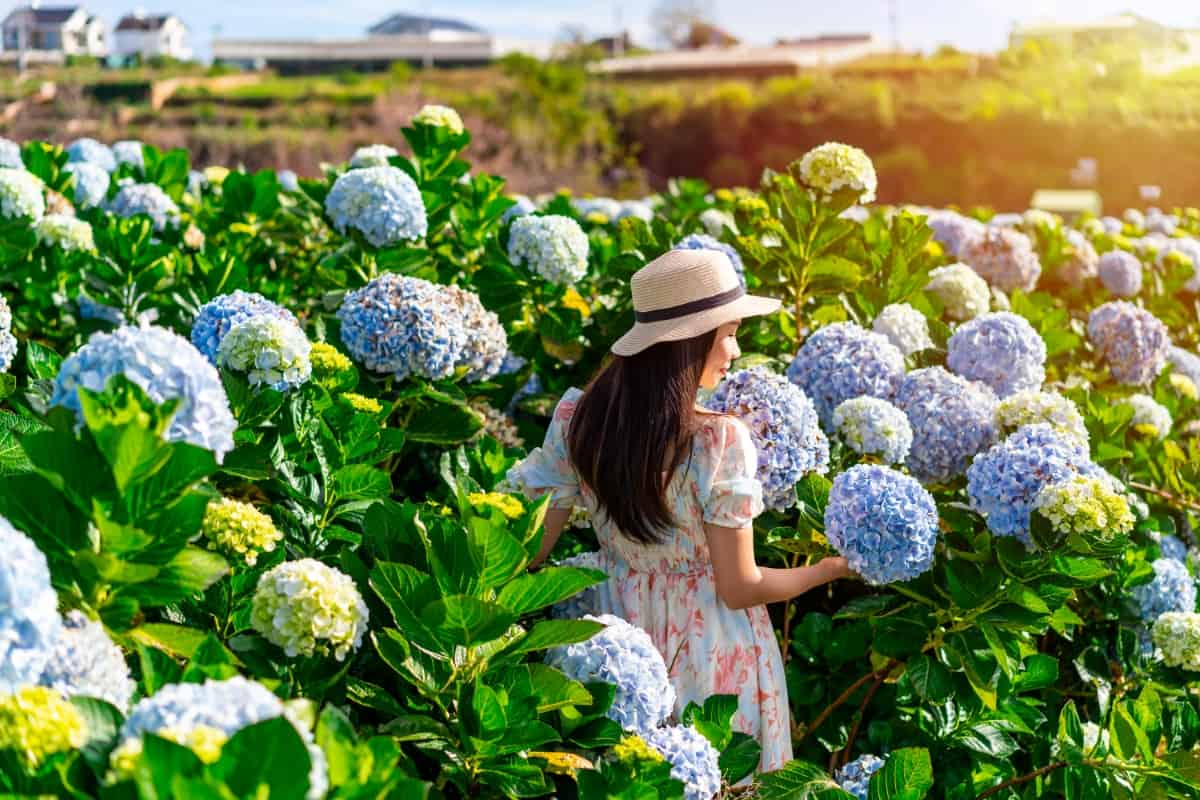
Optimal Growing Conditions
Light: Partial shade, preferably with morning sun and afternoon partial shade, to prevent excessive shade-induced reduction in flower output. While hydrangeas thrive in full sun, adequate watering may be necessary during hot summer periods.
Soil: While tolerant of various soil types, hydrangeas flourish in fertile, humus-rich soil. Notably, the bloom color of Hydrangea macrophylla can be manipulated by adjusting soil pH levels.
Water: Hydrangeas demand consistent moisture throughout the growing season. Deep watering once or twice weekly suffices, and the frequency should be adjusted based on rainfall. Adequate drainage is essential to prevent waterlogging.
Temperature and Humidity: Moderate temperatures are ideal for hydrangeas, with protection recommended in regions prone to bitter cold winters. Optimal humidity levels foster healthy growth, mitigating leaf browning in dry climates.
Fertilization: Avoid excessive nitrogen fertilization, as it may hinder blooming. Apply organic compost or suitable flowering shrub fertilizer in spring, catering to soil nutrient levels.
Types of Hydrangea
- Hydrangea macrophylla: Known for its large, varied-colored blooms, influenced by soil pH. Buds for subsequent years form from midsummer to fall.
- Hydrangea arborescens: Recognized for its white to pink flowers, this species blooms on new stems in spring.
- Hydrangea quercifolia is characterized by oak-like foliage and white to purplish-pink flowers. Bud formation occurs from midsummer to fall.
- Hydrangea paniculata is notable for its cone-shaped blooms, which transition from white to pink hues. It blooms on new stem growth and can potentially reach a significant size if left unpruned.
Pruning Techniques
Pruning timing depends on the hydrangea species and bud formation period, emphasizing the importance of species identification for appropriate care.
Propagating Hydrangeas
While seeds are rare due to hybridization, hydrangeas ropagated by stem cuttings and by rooting branches directly in the soil. These methods offer robust roots for successful transplantation.
Potting and Repotting Hydrangeas
Compact hydrangeas thrive as container plants. They require adequate sunlight and frequent watering, and repotting every three to five years promotes continued growth.
In case you missed it: Pest Management in Rose Crop: Major Insect Pest of Roses and Best Insecticide for Roses
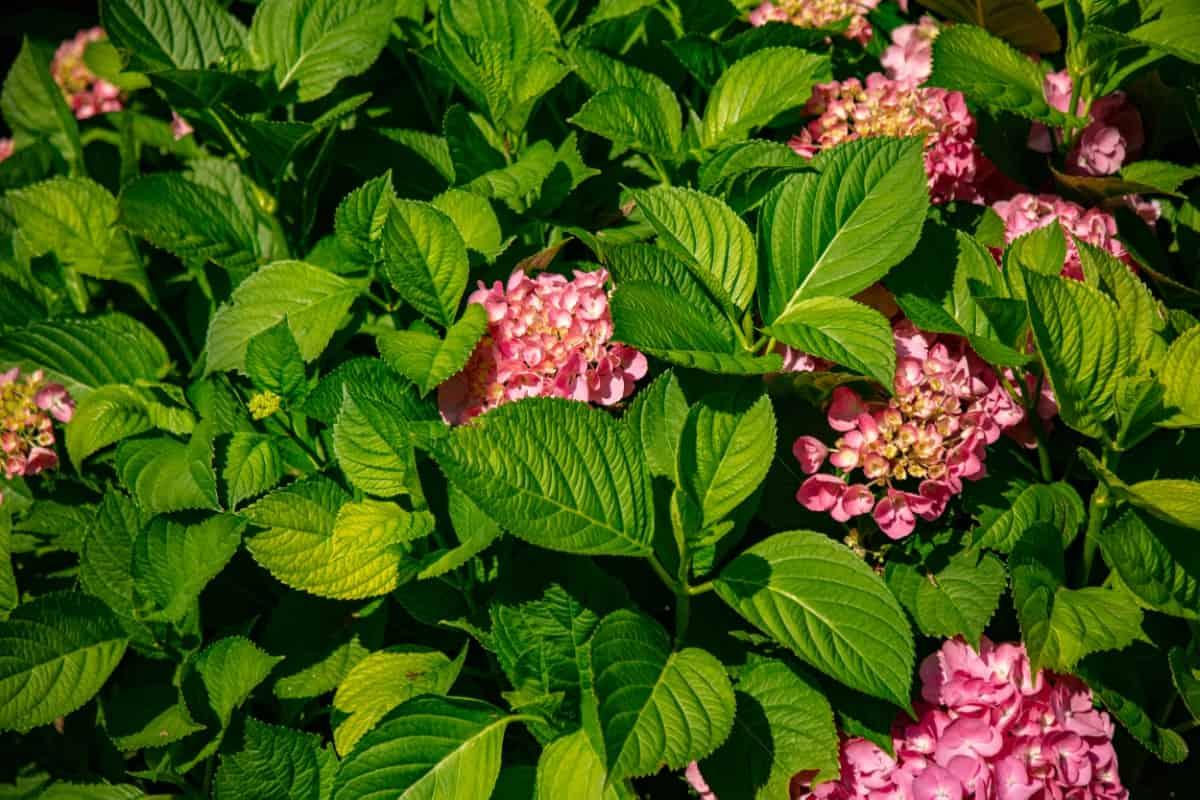
Overwintering and Pest Management
Protection from winter bud damage and vigilance against common pests and diseases, such as aphids and powdery mildew, are essential for preserving hydrangea health.
Natural Solutions for Hydrangea Leaf and Flower Problems
Flower Dropping
- Cause: Environmental stress, inadequate watering, or nutrient deficiencies can lead to flower dropping in hydrangeas.
- Solution: a. Ensure proper watering: Hydrangeas prefer consistently moist soil, especially during hot and dry periods. Mulching can help retain soil moisture. b. Fertilize appropriately: Use a balanced, slow-release fertilizer to provide essential nutrients for healthy flower development. c. Provide shade: Protecting hydrangeas from direct afternoon sun can reduce stress and minimize flower dropping.
Yellow Leaves
- Cause: Yellow leaves in hydrangeas can be indicative of both nutrient deficiencies and overwatering.
- Solution: a. Adjust watering: Allow the soil to dry slightly between watering to prevent overwatering and root rot. b. Soil amendment: Incorporate organic matter or compost into the soil which will improve drainage and nutrient availability. c. Fertilize with iron: If the yellowing is due to iron deficiency, apply chelated iron fertilizer to the soil.
Leaf Spots
- Cause: Fungal or bacterial pathogens, as well as environmental stress, can cause unsightly leaf spots on hydrangeas.
- Solution: a. Prune affected leaves: Remove and destroy infected leaves so as to prevent the spread of the disease. b. Apply neem oil: Neem oil has natural antifungal, antibacterial properties and can be used to control leaf spot diseases. c. Improve air circulation: Trim nearby plants or branches to increase airflow and reduce humidity around the hydrangeas.
Powdery Mildew
- Cause: Powdery mildew is a common fungal disease that thrives in humid conditions and can affect hydrangea foliage.
- Solution: a. Use potassium bicarbonate: A natural and effective fungicide, potassium bicarbonate can be applied to control powdery mildew. b. Prune for sunlight: Pruning the plant to improve sunlight penetration can reduce humidity and inhibit powdery mildew growth. c. Apply milk spray: A diluted milk solution can act as a preventive measure against powdery mildew due to its antifungal properties.
Rust
- Cause: Rust is a fungal disease that appears as orange-brown spots on hydrangea leaves and can weaken the plant.
- Solution: a. Remove infected leaves: Promptly remove and dispose of rust-infected leaves to prevent the spread of the disease. b. Copper fungicide: Applying a copper-based fungicide can effectively manage and control rust on hydrangeas. c. Avoid overhead watering: Minimize leaf wetness by watering at the base of the plant to discourage rust development.
In case you missed it: Jasmine Grafting; Pruning; Training Methods
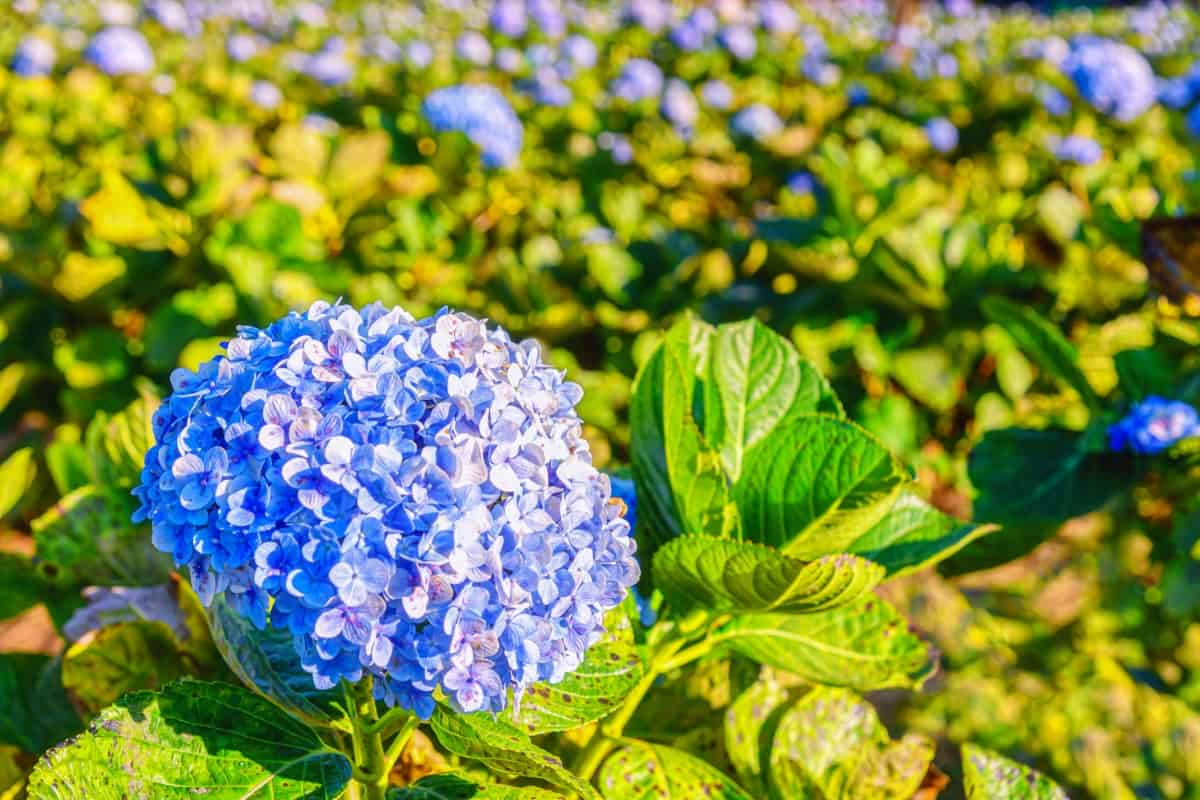
Bud Blast
- Cause: Bud blast, where flower buds fail to open or drop prematurely, can result from frost damage, fungal infections, or environmental stress.
- Solution: a. Protect from frost: Cover the hydrangeas with a frost cloth or move potted hydrangeas to a sheltered location during cold spells. b. Prune affected buds: Remove and dispose of bud blast-affected buds to prevent the spread of fungal infections. c. Provide consistent care: Maintain optimal growing conditions, including proper watering and fertilization, to minimize environmental stress.
Petal Blight
- Cause: Petal blight is a fungal disease that causes browning and wilting of hydrangea flowers.
- Solution: a. Remove affected flowers: Promptly remove and dispose of infected flowers to prevent the spread of the disease. b. Apply sulfur dust: Sulfur dust can be used as a natural fungicide to control petal blight and protect new blooms. c. Improve air circulation: Prune nearby vegetation and ensure adequate spacing between plants to reduce humidity and minimize fungal spread.
Leaf Wilting
- Cause: Underwatering, overwatering, root damage, or environmental stress can lead to leaf wilting in hydrangeas.
- Solution: a. Check soil moisture: Adjust watering practices to maintain soil moisture without waterlogging the roots. b. Inspect for root damage: Gently inspect the roots for signs of damage or disease and take appropriate action if necessary. c. Provide shade during heat: Protect hydrangeas from excessive heat and sun exposure to reduce stress and minimize leaf wilting.
Chlorosis
- Cause: Chlorosis, or yellowing of leaves due to insufficient chlorophyll, can be caused by nutrient deficiencies, alkaline soil, or poor root health.
- Solution: a. Soil pH adjustment: If the soil is too alkaline, amend it with elemental sulfur or acidic organic matter to lower the pH and improve nutrient availability. b. Iron and manganese supplements: Apply chelated iron and manganese supplements to address nutrient deficiencies and alleviate chlorosis. c. Mulch with organic matter: Mulching with organic materials can improve soil structure, nutrient retention, and microbial activity, promoting overall plant health.
Leaf Curling
- Cause: Leaf curling in hydrangeas can be caused by aphid infestations, environmental stress, or certain viral or fungal diseases.
- Solution: a. Insecticidal soap: Utilize insecticidal soap to control aphids and reduce their impact on leaf curling. b. Prune-affected areas: Remove and dispose of heavily infested or distorted leaves to minimize the spread of viruses or fungal pathogens. c. Monitor environmental conditions: Ensure proper watering, humidity, and sunlight levels to mitigate stress-induced leaf curling.
In case you missed it: Guide to Lotus Cultivation: How to Propagate, Plant, Grow, Care, Cost, and Profit
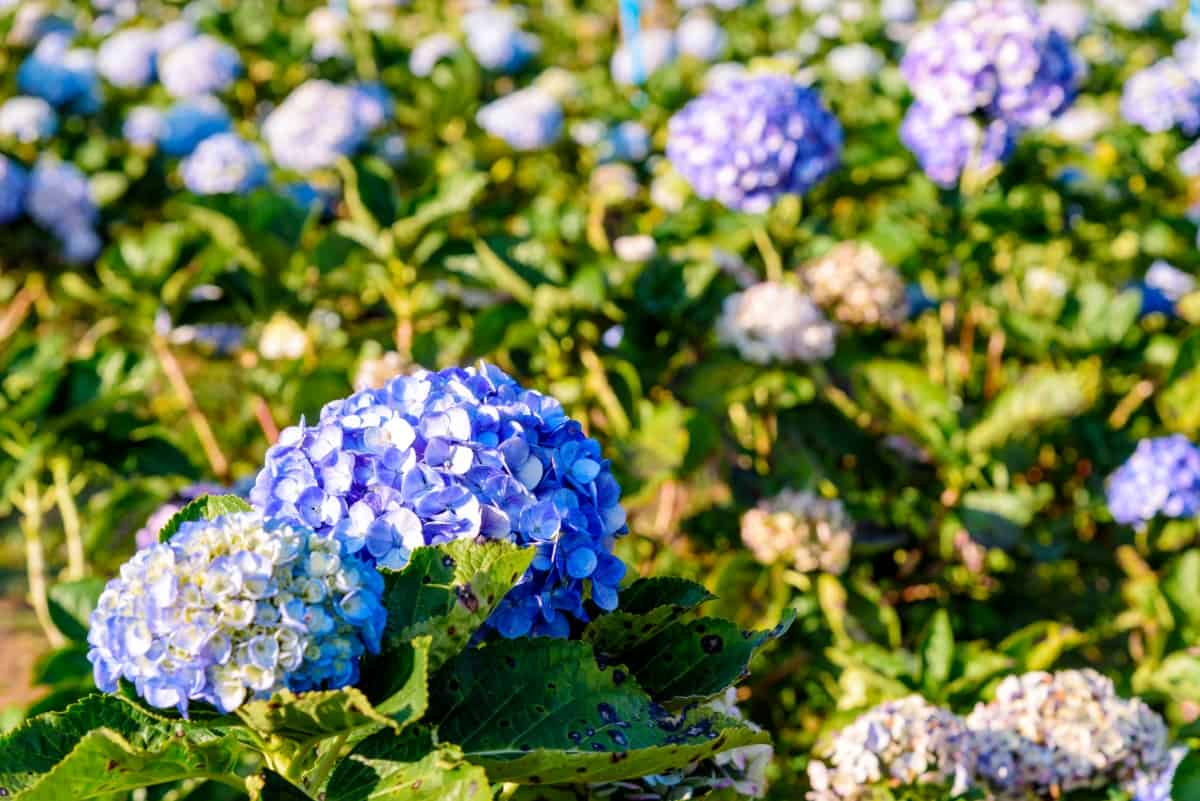
Aphid Infestation
- Cause: Aphids are small, sap-sucking insects that can infest hydrangeas, causing distorted growth, leaf curling, and honeydew secretion.
- Solution: a. Blast with water: Use a strong force of water to dislodge and remove aphids from the plant, particularly from the undersides of leaves. b. Beneficial insects: Introduce ladybugs, lacewings, or parasitic wasps, which are natural aphid predators, to the garden to control infestations. c. Neem oil application: Neem oil has insecticidal properties and can be used to manage aphid populations while being gentle on beneficial insects.
Spider Mite Damage
- Cause: Spider mites are tiny arachnids that feed on plant sap, causing stippling, webbing, and overall decline in plant health.
- Solution: a. Spray with water: Regularly spray the undersides of leaves with water to reduce spider mite populations and disrupt their webbing. b. Introduce predatory mites: Release predatory mites, such as Phytoseiulus persimilis, to control spider mite infestations naturally. c. Apply horticultural oil: Safely apply horticultural oil to suffocate spider mites and their eggs, effectively managing the infestation.
Scale Insects
- Cause: Scale insects are small, immobile pests that feed on plant sap. They cause yellowing, wilting, and weakened growth in hydrangeas.
- Solution: a. Prune and dispose: Remove heavily infested branches or stems and dispose of them to reduce the scale insect population. b. Rubbing alcohol application: Dabbing scale insects with a cotton swab soaked in rubbing alcohol can effectively eliminate them from the plant. c. Beneficial insect release: Introduce natural predators like ladybugs or parasitic wasps to control scale insect infestations in the garden.
Nutrient Deficiency
- Cause: Inadequate levels of essential nutrients, such as nitrogen, phosphorus, potassium, iron, or magnesium, can lead to nutrient deficiency symptoms in hydrangeas.
- Solution: a. Soil testing: Conduct a soil test to identify specific nutrient deficiencies, adjust fertilizer applications accordingly. b. Organic fertilizers: Use organic fertilizers rich in micronutrients to supplement the soil and address nutrient deficiencies sustainably. c. Foliar feeding: Apply a diluted, balanced liquid fertilizer directly to the leaves to provide quick nutrient uptake and alleviate deficiency symptoms.
Sunscald
- Cause: Sunscald occurs when hydrangeas are exposed to intense sunlight, resulting in sunburn, wilting, and leaf damage.
- Solution: a. Provide shade: Shield hydrangeas from the direct midday sun by planting them in partially shaded areas or using shade cloth during peak sunlight hours. b. Mulch to retain moisture: Apply mulch around the base of the plant and maintain soil moisture and reduce the risk of sunscald during hot weather. c. Watering practices: Ensure adequate watering during dry periods to prevent dehydration and minimize the impact of sunscald on the leaves.
Frost Damage
- Cause: Exposure to freezing temperatures can lead to frost damage in hydrangeas, resulting in wilting, browning, and tissue damage.
- Solution: a. Mulch for insulation: Apply a thick layer of mulch around the growing plant to insulate roots and protect them from frost damage. b. Cover during frost: Use frost cloth or blankets to cover hydrangeas overnight when frost is expected to prevent cold injury to the foliage and buds. c. Prune after frost: Delay pruning until after the last frost to avoid stimulating new growth that may be vulnerable to late-season frost.
In case you missed it: Greenhouse Chrysanthemum Farming Cost and Profitability Analysis
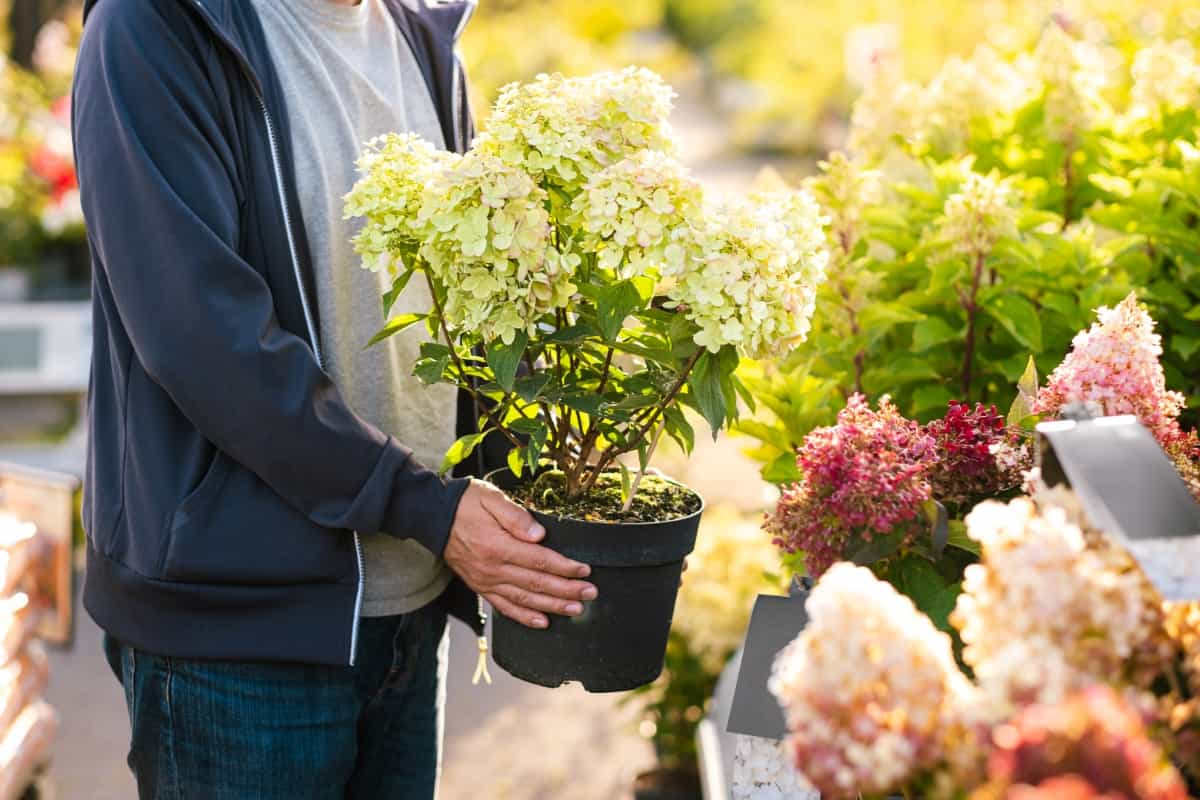
Addressing leaf and flower problems in hydrangeas requires a comprehensive understanding of the underlying causes and the implementation of effective natural solutions. By considering factors such as environmental conditions, pest management, and nutrient balance, gardeners can promote the health and vitality of their hydrangeas while minimizing the impact of common issues. It is important to approach plant care holistically, considering both preventative measures and targeted interventions to maintain the beauty and resilience of these beloved ornamental plants.
- Types of Pesticides Used in Agriculture: A Beginner’s Guide
- Economical Aquaculture: A Guide to Low-Budget Fish Farming
- 15 Common Planting Errors That Can Doom Your Fruit Trees
- How to Make Houseplants Bushy: Effective Tips and Ideas
- Innovative Strategies for Boosting Coconut Pollination and Yield
- Pollination Strategies for Maximum Pumpkin Yield
- The Complete Guide to Chicken Fattening: Strategies for Maximum Growth
- Natural Solutions for Tulip Problems: 100% Effective Remedies for Leaf and Bulb-Related Issues
- Revolutionizing Citrus Preservation: Towards a Healthier, Greener Future
- Natural Solutions for Peony Leaf and Flower Problems: 100% Effective Remedies
- Maximizing Profits with Avocado Contract Farming in India: A Comprehensive Guide
- Natural Solutions for Hydrangea Problems: 100% Effective Remedies for Leaf and Flowers
- The Ultimate Guide to Choosing the Perfect Foliage Friend: Bringing Life Indoors
- From Sunlight to Sustainability: 15 Ways to Use Solar Technology in Agriculture
- The Ultimate Guide to Dong Tao Chicken: Exploring from History to Raising
- The Eco-Friendly Makeover: How to Convert Your Unused Swimming Pool into a Fish Pond
- Mastering the Art of Delaware Chicken Farming: Essentials for Healthy Backyard Flocks
- 20 Best Homemade Fertilizers for Money Plant: DIY Recipes and Application Methods
- How to Craft a Comprehensive Free-Range Chicken Farming Business Plan
- Brighten Your Flock: Raising Easter Egger Chickens for Beauty and Bounty
- How to Optimize Your Poultry Egg Farm Business Plan with These Strategies
- Subsidy for Spirulina Cultivation: How Indian Government Schemes Encouraging Spirulina Farmers
- Ultimate Guide to Raising Dominique Chickens: Breeding, Feeding, Egg-Production, and Care
- Mastering the Art of Raising Jersey Giant Chickens: Care, Feeding, and More
- Ultimate Guide to Raising Legbar Chickens: Breeding, Farming Practices, Diet, Egg-Production
- How to Raise Welsummer Chickens: A Comprehensive Guide for Beginners
- How to Protect Indoor Plants in Winter: A Comprehensive Guide
- Ultimate Guide to Grow Bag Gardening: Tips, Tricks, and Planting Ideas for Urban Gardeners
- Guide to Lotus Cultivation: How to Propagate, Plant, Grow, Care, Cost, and Profit
- Agriculture Drone Subsidy Scheme: Government Kisan Subsidy, License, and How to Apply Online
- Ultimate Guide to Raising Araucana Chickens: Breed Profile, Farming Economics, Diet, and Care
- Bringing Hydroponics to Classroom: Importance, Benefits of Learning for School Students
- Ultimate Guide to Raising Polish Chickens: Breed Profile, Farming Economics, Diet, and Care
- Ultimate Guide to Raising Australorp Chickens: Profile, Farming Economics, Egg Production, Diet, and Care
- Silkie Chicken Farming: Raising Practices, Varieties, Egg Production, Diet, and Care
- Sussex Chicken Farming: Raising Practices, Varieties, Egg Production, Diet and Care